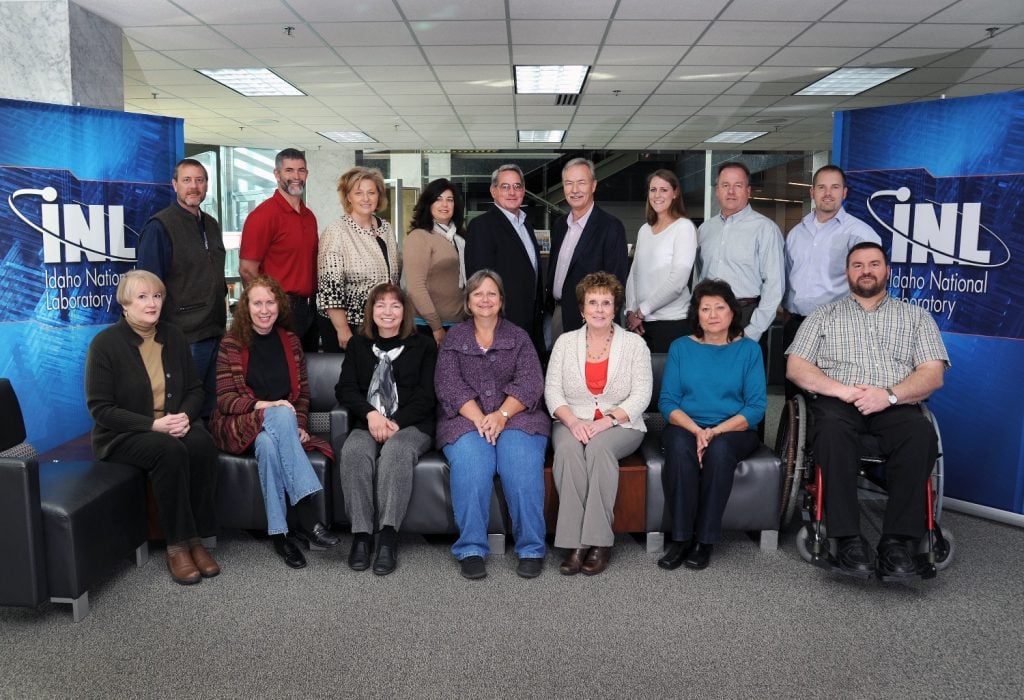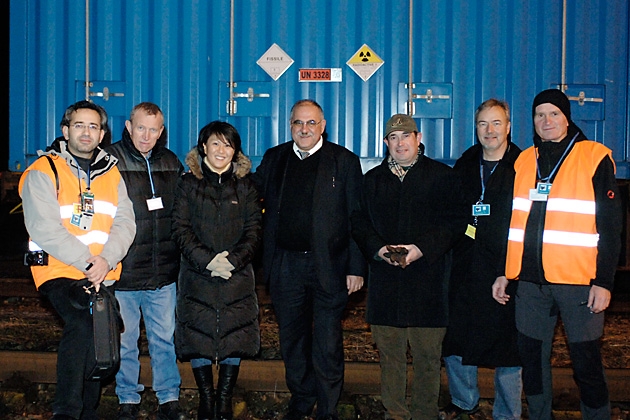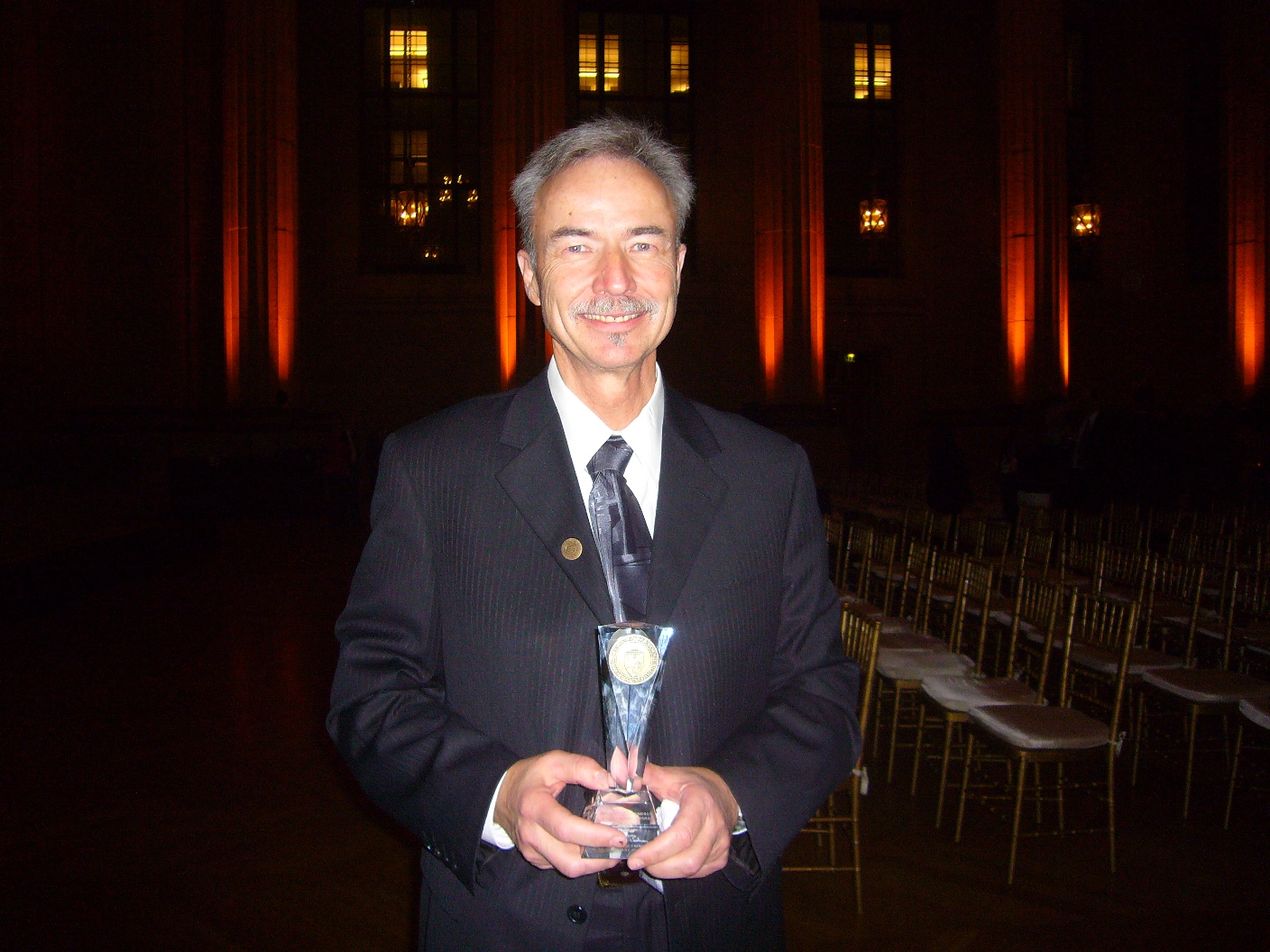Growing up in Lemhi County, Idaho, Mike Tyacke learned to corral cattle at an early age, but if you had told him 50 years ago that his career would involve rounding up something a lot different — spent nuclear fuel from every corner of the globe — he might have wondered what you were talking about.
At age 66, Tyacke plans to retire this May from Idaho National Laboratory, where he has worked for more than 40 years. He has flown millions of miles to every continent save Antarctica and South America, overseeing the transport of spent nuclear fuel and highly enriched uranium to make the world safer.
He estimates he has 2.5 million Delta SkyMiles. He has forged friendships in the former Soviet Union and the People’s Republic of China. In the United States, he made arrangements for Three Mile Island’s damaged reactor core to be brought to Idaho for research that has resulted in enhanced reactor safety.
“I was always a sponge for knowledge,” he said. “It was fun to be around people who were smarter than I am. It’s been a great opportunity.”
Tyacke came to what was then called the Idaho National Engineering Laboratory in October 1975 as a graphic artist. After a stint in Vietnam, where he was a military police officer, he had gone to University of Idaho and received a bachelor’s degree in fine arts.

He was one of four graphic artists hired that fall, in the days before desktop publishing, when slides for presentations were hand lettered. Before long, however, he found himself taking on more project management duties — and enjoying it. “I was never much of an artist to begin with, but I discovered I liked engineering and logical, systematic thinking. I like working that way. It was easy for me to be programmatic.”
Tyacke eventually transitioned to the low-level waste program. At the time, INEL was the R&D lab for both the Nuclear Regulatory Commission and the commercial nuclear power industry. At projects like the Power Burst Facility, Loss-of-Fluid Test Reactor and Semiscale, the guiding principle was to push materials to extremes in controlled circumstances and document the results, which were used to validate reactor accident codes that enhance reactor safety.
After the 1979 Three Mile Island accident near Harrisburg, Pennsylvania, the data to help understand what happened resided at INEL. By studying the core debris and comparing it with the lab’s data, scientists could understand the cause and recommend safety enhancements.
“Idaho was a shoo-in,” Tyacke said. Congress appropriated $180 million, and the work got started. “They had to get pieces of the core to find out what happened. At the very end, they could tell you exactly what happened.”

Tyacke was assigned the job of planning, scheduling and eventually managing TMI core debris shipments to the Department of Energy’s Idaho site. For nearly two-dozen shipments, he had to coordinate with the National Transportation Safety Board, states, railroads and assorted other agencies. “What this allowed me to learn was operations,” he said.
Once the TMI project was finished, Tyacke’s attention and expertise were directed toward coordinating spent nuclear fuel shipment from West Valley, New York, the largest single shipment of commercial spent nuclear fuel to be made in the United States at that time. The effort demonstrated that such shipments could be made safely and securely, setting the stage for significant R&D programs to improve nuclear energy safety and reliability. The 15-year West Valley shipment process wrapped up in 2001, Tyacke said.
After the terrorist attacks of Sept. 11, 2001, the presence of highly enriched uranium around the world jumped to the top of the list of national security concerns.
Under the Atoms for Peace program started by President Eisenhower in the mid-1950s, scientific reactors all around the world were using uranium sufficiently enriched to be considered bomb grade. Concerned about such material falling into the hands of terrorists, DOE consulted with the U.S. State Department to start the Foreign Research Reactor Spent Fuel Acceptance program. The goal: help nations like Taiwan, South Korea, Indonesia and Pakistan swap such material for low-enriched fuel. Tyacke was involved in site assessment, qualifying fuel assemblies, staging, shipment and disposition.

When that was finished, his expertise was called on for a similar effort in former Soviet Bloc countries — the Russian Research Reactor Fuel Return Program. He has been to several former Soviet republics and Eastern Bloc nations, and everywhere from Poland to Vietnam to Kazakhstan.
The last program Tyacke has lent his institutional knowledge to was the Miniature Neutron Source Reactor program, a Chinese initiative under which small reactors were built in Ghana, Nigeria, Pakistan, Syria and Iran.
In all the travel he’s done, and despite cultural differences, he has gained tremendous respect for Dr. Igor Bolshinsky, the Russian Program lead, and counterparts like Poland’s Wlodzimierz Tomcazk. Their work is detailed in a section of “The Partnership,” Philip Taubman’s 2012 book.
Getting ready to head home and live the rancher’s life in Salmon, Tyacke looks at the lab as it is now with a sense of wonder. “We’re getting all those brilliant young people who are incredibly qualified,” he said. “I doubt I could get a job here today.”







